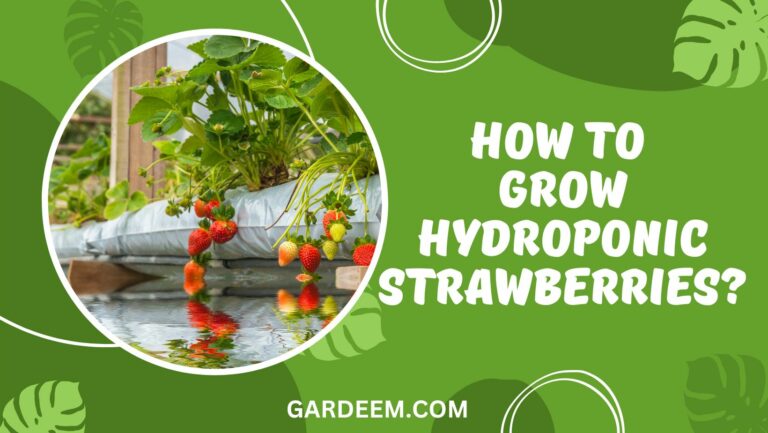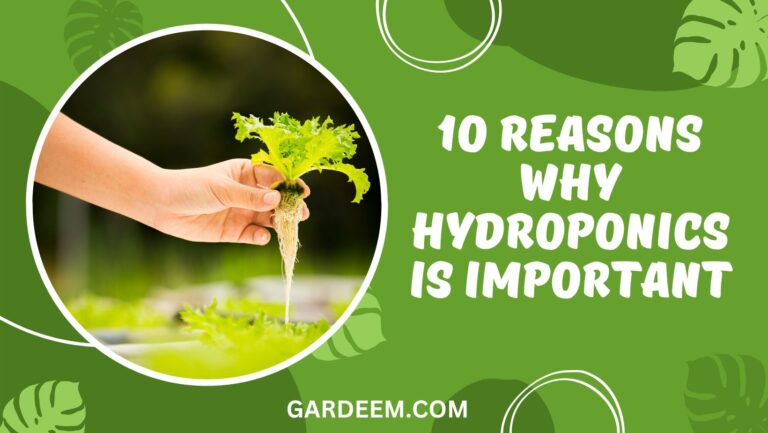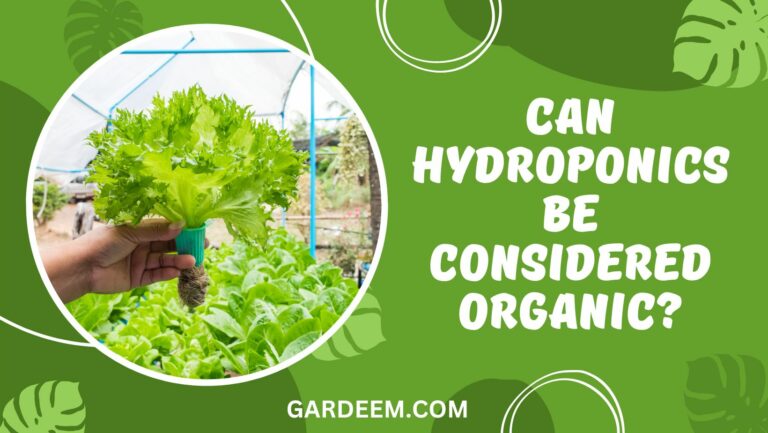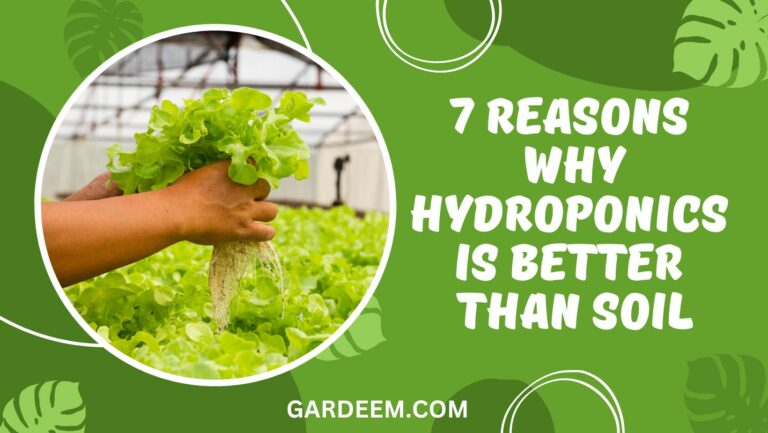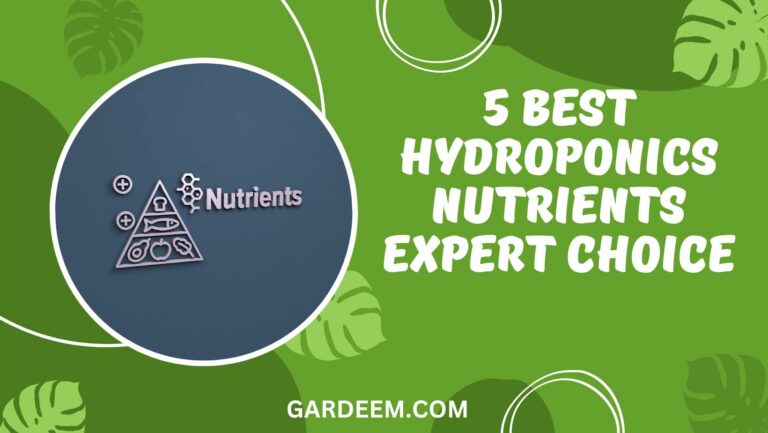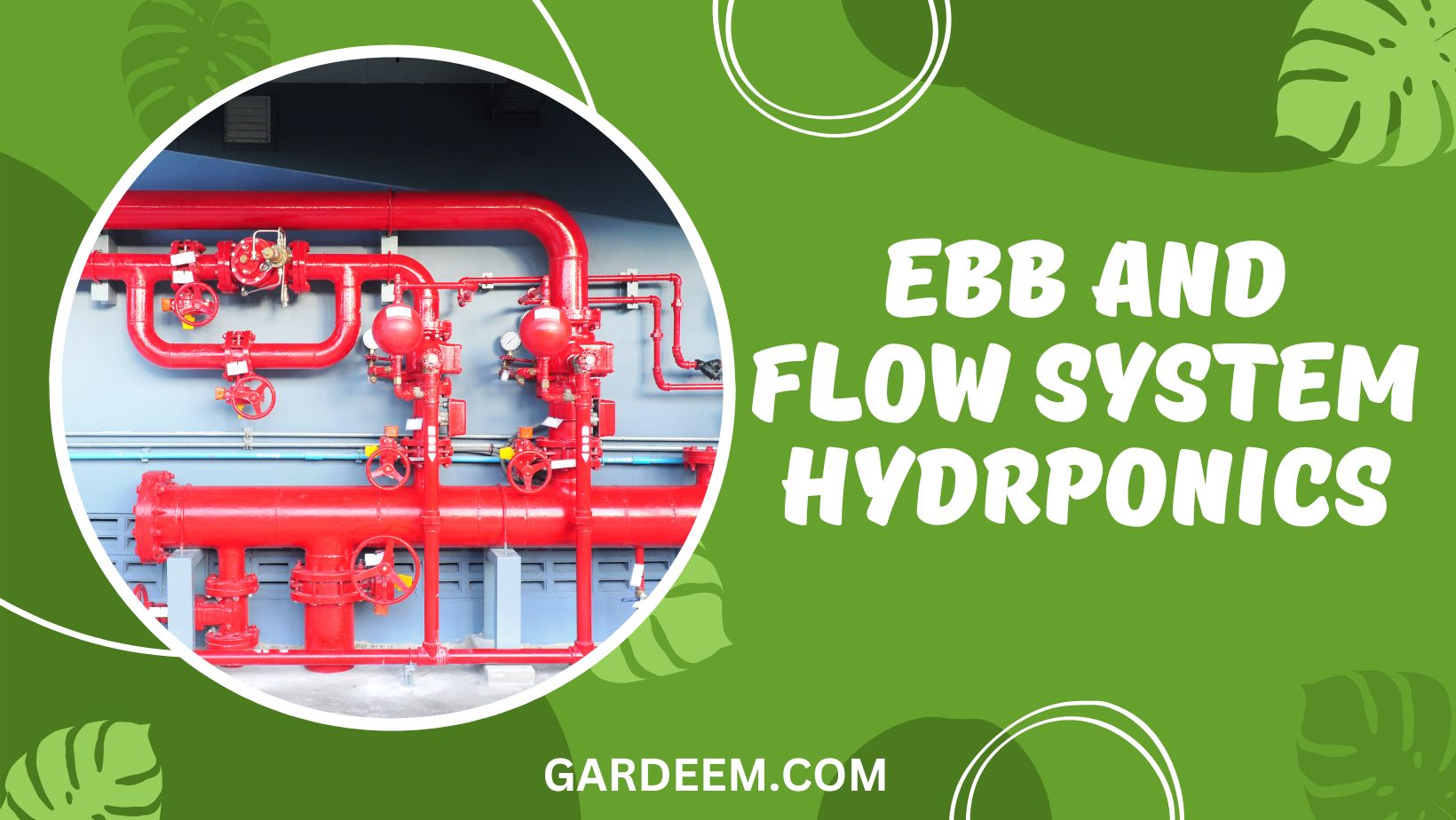
An ebb and flow system is probably one of the most common hydroponics systems favoured by growers around the world. While it’s not the most basic to pull together it can be built on a budget and scales up well.In this guide, you’re going to learn all about what the ebb and flow system, how it works, how to build your own and various pros and cons of this hydroponics system. Let’s get started!
What is the Ebb And Flow System
The Ebb and Flow system involves flooding the growing area with nutrient solution and then draining or ebbing the solution away – this is why it’s sometimes called the flood and drain system. The system is highly reliable due to its simplicity with very few moving parts to go wrong.
How the System Works
The beauty of the system is in just how simple it works with only a few parts. Your plants sit in pots containing your choice of growing media which then sit in a water-tight growing bed, often referred to as the table.
This table is then flooded for a short period of time (usually 5-10 minutes) before the water drains back into the reservoir.
Within the system one of the key things to keep in mind is oxygenation. We recommend that growers also use an air pump and air stones to help oxygenate the solution and ensure that there’s sufficient oxygen available for your plants.
How To Build An Ebb And Flow System
An ebb-and-flow hydroponics system is straightforward to build, and you only need a few materials to pull it all together.You’ll need the following:
- Water pump (click here to see our top picks)
- Air pump (optional)
- Air stones (optional)
- Garden timer
- Storage box
- A large bin
- Small posts
- Grow media of choice
- PVC tube
- Thin Tubing
- Silicone sealant
Our Basic System
- Connect the thin tubing to your water pump and place it in the large bin
- Fill your posts with growing media and plants or seeds
- With your drill, make a hole in the storage box wide enough for your PVC run-off tube.
- Place the storage box above your bin, so the overflow drains back into the nutrient reservoir.
- Add plants to the storage box
Pros & Cons of Ebb & Flow
Like most hydroponics systems, the ebb and flow systems have some good points and does also have it’s negatives.
Pros
Affordable – If there’s one thing we like about the ebb and flow system it’s just how affordable it is to set up which makes it a great entry system for new growers.
Easy to put together – Unlike other systems, the ebb and flow systems are super simple to put together and only takes a basic level of ability to configure everything.
Plants grow well – With any beginners system, you want to succeed in your first few attempts to maintain the enthusiasm for your new found hobby and in the flood and drain system this is almost a guarantee thanks to the straightforward setup of your plants getting just the right amount of nutrients.
Cons
You need to keep an eye on pH levels – If you’ve read our guide to pH for hydroponics, you’ll know what a big deal pH levels are. As your nutrient-rich solution flows back into the reservoir you’ll need to constantly check pH levels to make sure they’re within the right range for your crops.
Lots of trial and error initially – In the early days of setting up your system, there’s going to be a lot of trial and error to get everything set up just so. This will include things like the hight of your overflow pipe so that your table is properly cleared of nutrient-rich solution.
The Bottom Line
So there you have it, our guide to the ebb and flow system. As you’ll have hopefully seen, it’s a very simple system that is affordable and relatively easy to pull together which makes it the perfect choice for those new growers just getting into hydroponics.

Hi, I’m Miles, the lead team member behind Gardeem.com. Besides being a passionate grower and writer, I’m a husband, father and grandfather to three! I started Gardeem in 2017 to provide simple and reliable gardening advice to everyone, regardless of their ability levels.


